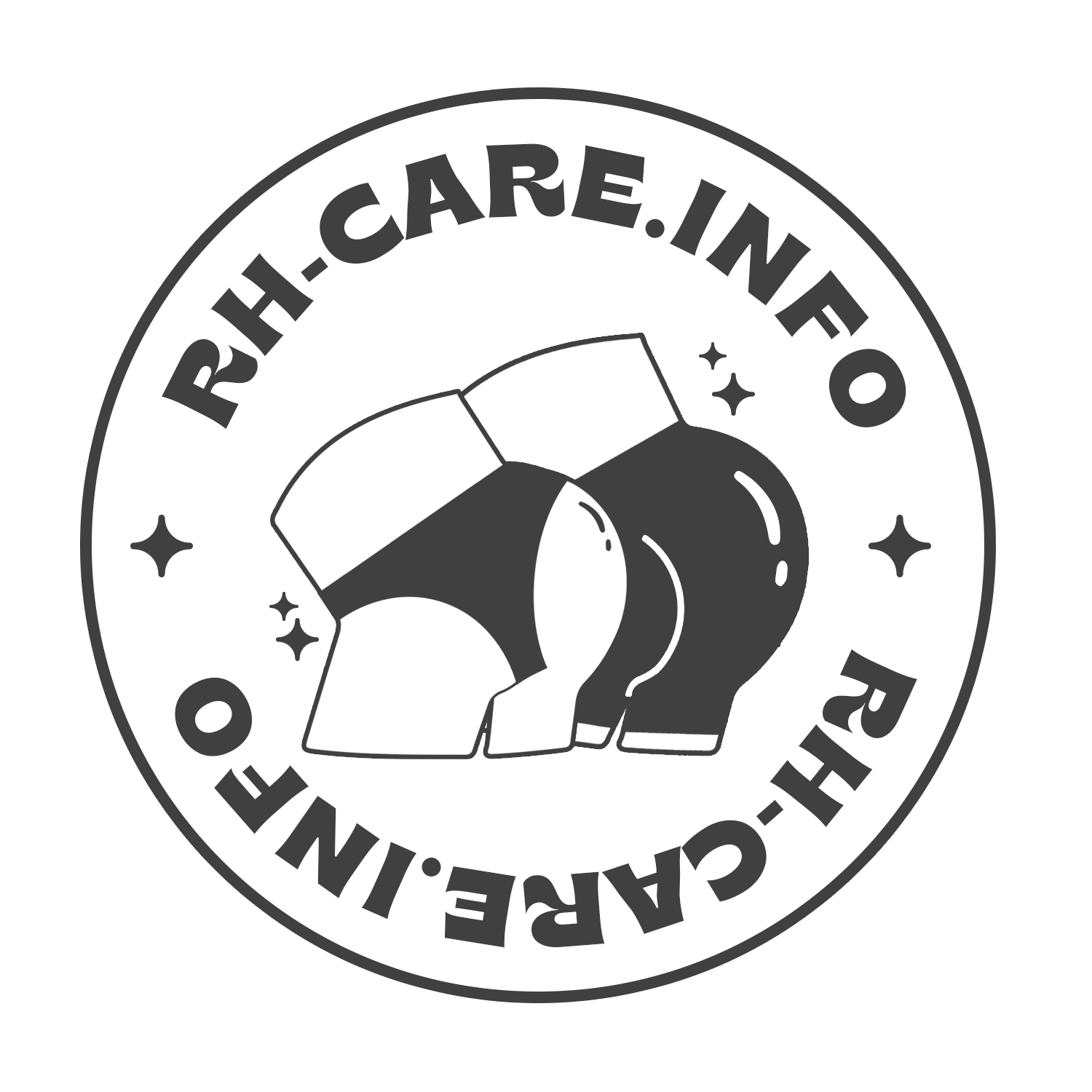
This method is considered effective under the following three conditions:
- the monthly menstruation of the mother has not returned,
- the baby is fully or nearly fully breastfed and often day and night, and
- the baby is less than six months old.
When typically used, about 2 per 100 women in the first six months after childbirth become pregnant. When used correctly, about 1 per 100 women who use the method in the first six months after childbirth become pregnant. The risk of pregnancy is greatest when a woman cannot fully or nearly fully breastfeed her infant.
- The LAM can be started immediately after birth up to six months after childbirth. The client should breastfeed immediately (within one hour) or as soon as possible after the baby is born.
- The method can be used any time if the client has been fully or nearly fully breastfeeding her baby since birth and her monthly bleeding has not returned.
Important:
- Feed on demand (whenever the baby wants to be fed) and at least 10 to 12 times a day in the first few weeks after childbirth and 8 to 10 times a day thereafter, including at least once at night in the first months.
- Daytime feedings should not be more than four hours apart, and nighttime feedings should not be more than six hours apart. Some babies may need gentle encouragement to breastfeed more often even at night.
- Start other foods at six months in addition to breast milk. At this age, breast milk can no longer fully nourish a growing baby.
- The mother should plan for another method while the LAM criteria still apply to continue protection from pregnancy
For determining whether the first LAM criterion is met (i.e., the mother’s menstrual bleeding has not returned), consider any bleeding after two months postpartum to be menses/menstrual bleeding. Bleeding that occurs before two months postpartum may be considered normal postpartum discharge. In other words, bleeding in the first two months postpartum is not considered menstrual bleeding.
If a woman is HIV positive, she can pass HIV to her baby through her breast milk, but receiving HIV treatment significantly reduces these chances. WHO suggests that HIV-positive women use replacement feeding instead of breastfeeding if safe drinking water is consistently available, and if the replacement is:
- Acceptable to the mother and baby.
- Affordable for the mother.
- Feasible to purchase or make.
- Available for the full first six months of the infant’s life.
If all the criteria above cannot be met, WHO recommends exclusive breastfeeding for HIV-positive women rather than mixed feeding (breastfeeding and also providing replacement foods). The benefits of exclusive breastfeeding must be weighed against the danger of passing HIV to the infant. If the conditions above cannot be met for replacement feeding, especially in areas of the world where infectious disease and malnutrition are common causes of infant deaths, breastfeeding may still be the best choice for HIV-positive women and their children. Women who are HIV positive should be counseled about the risks and benefits of breastfeeding and about LAM no longer being effective once the mother begins giving her infant replacement.
The effectiveness of LAM depends on breastfeeding only/exclusively. This means as often as the baby is hungry “on demand,” day and night with no long intervals between feeds. Even if a woman expresses breast milk, if she is separated from her baby by more than a few hours, she cannot expect a high level of contraceptive protection. In one study on LAM for working mothers, the pregnancy rate increased by five percent. Women who are able to keep their baby with them at the worksite or can have their baby brought to them at least once every four hours can rely on LAM.
Advantages of using LAM include the following:
- Prevents pregnancy effectively for the first six months postpartum
- Is provided and controlled by the woman
- Can be used immediately after childbirth
- Is universally available to postpartum women
- Requires no supplies or procedures
- Is economical
- Is often acceptable to women who have never used contraception previously
- Has no hormonal or other major side effects (for mother or infant)
- Raises no religious objections
- Facilitates the reduction of weight gained during pregnancy
- Provides health benefits for mother
- Provides health benefits for baby. Mother’s milk alone can fully nourish a baby for the first six months of her/his life
Source: “Frequently Asked Questions (FAQs) on Modern Family Planning Methods: Stop Rumors, Myths And Misconceptions with Correct Answers to Everyday Questions About Modern FP Method” by the Philippine DOH, USAID and JHPIEGO
Talk to us.
If you have questions, you can talk to us privately through our Facebook Messenger. This service is free.
